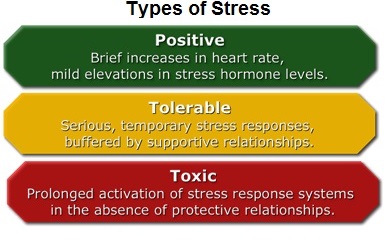“Toxic stress” has come up before in previous posts. It can occur when children are exposed to severe, frequent or prolonged traumatic experiences. Researchers refer to these events as Adverse Childhood Experiences (ACEs).

Source: Center on the Developing Child at Harvard University
When kids lack caring, protective relationships with caregivers, the stress response associated with adverse experiences can disrupt normal brain development. And the cumulative effect of toxic stress can take a toll on a person’s physical and mental health, not just in childhood but throughout life.
Toxic stress during childhood is linked it to unhealthy lifestyles later in life, such as using alcohol to cope with stress, tobacco use, and illicit drug use. A Pediatrics article also states that the “biological manifestations of toxic stress” can cause impairment of the immune system and increase risk factors for heart disease, asthma, and other health problems.
A new Child Trends report shows Oklahoma children to be especially at risk for exposure to (more…)

 ith the understanding this in no way represents the entire list of issues raised by the documentary.
ith the understanding this in no way represents the entire list of issues raised by the documentary. 
 The
The 
